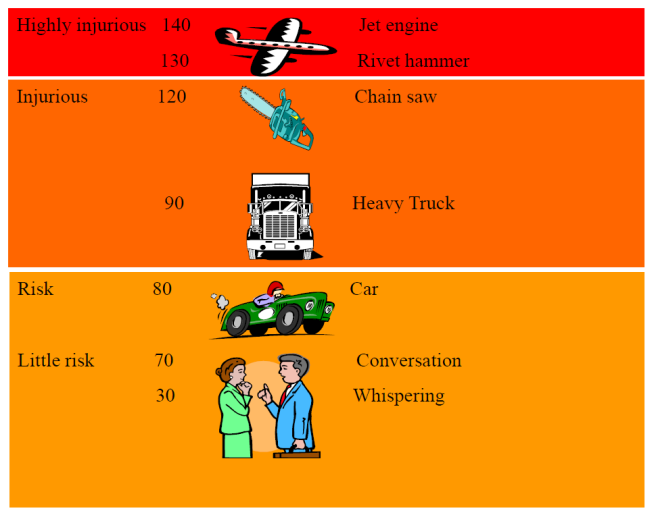

Tones, screeches, and hums are examples of sounds from commercial premises that often require special consideration during the assessment process. For example, some music sounds contain both tonal and beat (impulsive) qualities, both of which attract an assessment penalty under noise assessment procedures set out in the relevant New Zealand Standards. Type of sound: Some sounds have a special audible character that can cause additional annoyance.District plan provisions should allow for some noise to be emitted, but only up to allowable limits measured at the residential location (often around 45-55 dBA). Level of sound: Sound levels can range from loud (exceeding the normally occurring or existing background sound level by 10 dBA or more) through to relatively low level with bass or beat components.Therefore district plan noise limits are typically lower for night. Time of day: There is less tolerance of noise by residents when it occurs at night.Assessing noise effects in mixed-use urban areasĭifferent factors should be considered when assessing noise from commercial or trade premises in mixed-use zones. For example, the City of Sydney Council in Australia provides suggestions to residents thinking of moving into the inner-city on what to expect and how they can judge for themselves whether they will be able to cope with issues like noise before they take up residence (see What to Expect on the City of Sydney website).Ī similar publication is available from the Ministry for the Environment website (see Living in the inner city).

One technique for dealing with the issue of reverse sensitivity is to ensure people are fully informed of the existing effects of the environment which they are proposing to move into. It usually results from the people involved in an activity that is newly established, complaining about the effects of existing activities in an area. Reverse sensitivity describes the effect that development of one kind may have on activities already occurring in an area. This is often referred to as 'reverse sensitivity'. These are available from the Standards New Zealand website.ĭifficulties often arise where noise-sensitive land uses (such as residential activities) move into, or close to, established commercial areas or major infrastructural assets such as ports or airports. Methods for measuring and assessing the impact of specific nuisance sounds within the context of an urban ambient noise environment are covered by the New Zealand Standards NZS 6801 and NZS 6802. Natural sounds, traffic sounds, and other non-target sounds are also present in the urban environment. Noise from commercial premises can be a dominant source for nearby residential and other noise-sensitive activities, especially at night. Noise may be managed in the coastal marine area by objectives, policies and rules in regional coastal plans. Regional councils have responsibility for the control of noise within the coastal marine area. This includes effects on amenity values that may be affected by noise.Īs noise is a specific adverse effect identified in the RMA, district plans must include objectives, policies and (generally) rules to manage the effects of noise within their district. Territorial authorities also have responsibility under the RMA to achieve integrated management of the effects of the use, development, or protection of land associated with natural and physical resources.

Under s31, territorial authorities have the primary responsibility for managing the effects of land uses and noise (including the mitigation of noise).


 0 kommentar(er)
0 kommentar(er)
